New Zealand, with its mesmerizing landscapes, deep-rooted culture, and hospitable locals, remains a top tourist destination. While Australia’s dangerous fauna often overshadows it, New Zealand houses a select group of creatures that can pose threats to humans. It’s vital for visitors to be aware of these potential dangers when exploring the picturesque terrains of this nation.
In the following guide, we discuss ten perilous animals native to New Zealand and the precautions to take upon encountering them.
1. Katipō Spiders
These small, nocturnal spiders thrive in the sandy terrains along the coastlines of New Zealand. They are identifiable by their glossy black bodies with a white-bordered red stripe on their back. Bites from katipo spiders are rare but can induce nausea, muscle pain, and fever. Sightings have become less frequent due to habitat destruction, making them an endangered species. Tourists frequenting the beaches should be mindful of their belongings and surroundings, as these spiders often seek shelter under logs or vegetation.
2. White-Tailed Spiders
These spiders, with their cylindrical gray or black bodies and distinct white tail tip, have become increasingly common in New Zealand homes. While their bites don’t cause necrosis as once believed, they can lead to itchiness, redness, and swelling. They’re nocturnal hunters and usually come out at night. As a precaution, shaking out shoes and clothes before wearing can prevent unwanted surprises.
3. Redback Spiders
Having hitchhiked their way from Australia, these spiders have established a minor presence in certain parts of New Zealand. They are recognized by their black bodies and red dorsal stripe. Their bite can cause severe pain, sweating, and muscle weakness. It’s always a good practice to check outdoor furniture or stored items where they might be hiding.
4. Great White Sharks
The waters surrounding New Zealand offer an abundant food source for various shark species. While unprovoked shark attacks are rare, the Great White Shark has been involved in a few incidents. Beachgoers should swim in designated areas and avoid entering the water during dawn or dusk when sharks are most active.
5. Bluebottle Jellyfish (Portuguese Man O’ War)
Not a jellyfish in the truest sense, these vibrant blue sea creatures float on the ocean’s surface and drift with the currents. Their tentacles, which can extend for meters, contain venom-filled nematocysts. Contact can lead to painful stings, skin welts, and, in rare cases, an allergic reaction. If stung, rinsing with vinegar and immersing the area in warm water can help alleviate the pain.
6. Stingrays of New Zealand Waters
The serene estuaries and shallow waters of New Zealand are home to several species of stingrays. While these marine creatures are usually docile and prefer to steer clear of humans, there have been instances where unsuspecting swimmers have been stung. The Short-tailed stingray, in particular, is the largest species in the region and can span up to 4.3 meters across. Their venomous barbed tail can cause excruciating pain if stepped on or threatened.
Divers and snorkelers are advised to practice the ‘stingray shuffle.’ This technique involves shuffling your feet when walking in shallow waters, sending vibrations that warn stingrays of your approach, giving them ample time to move away. If stung, it’s crucial to seek medical attention immediately. Immersing the wound in hot water can help reduce the pain.
7. Wasps and Their Potent Sting
Among the buzzing insects of New Zealand, the common and German wasps stand out as particularly problematic. Introduced to the country in the 1940s, these invasive species have proliferated, especially in the South Island’s beech forests. Their venomous sting can be quite painful and, for some individuals, can lead to severe allergic reactions.
During the summer months, when wasp activity peaks, hikers and campers are advised to be especially cautious. Refrain from leaving food items exposed, as these can attract wasps. If you’re allergic to wasp stings, carrying an epinephrine auto-injector is essential when venturing into areas known for wasp activity.
8. Bull Seals: A Surprise on the Shoreline
New Zealand’s coastlines are graced by the presence of the New Zealand fur seal, or Kekeno. These marine mammals, while often appearing languid and harmless, can be surprisingly agile and aggressive, especially the bulls during mating seasons. In their quest to establish and defend territories, males can charge at perceived threats, including unsuspecting humans.
Tourists frequenting coastal regions, especially the South Island’s rocky shores, are advised to maintain a safe distance from these seals. Observing them from a distance ensures the safety of both the individual and the seal. If confronted, it’s vital to back away slowly without making sudden movements or noises.
Each of these sections emphasizes the importance of respecting New Zealand’s diverse wildlife. While many of these creatures might pose threats, it’s essential to remember that humans are often intruders in their natural habitats. By being informed and cautious, one can enjoy the beauty of New Zealand without unwanted surprises.
9. Kea Birds: The Mischievous Mountain Parrot
The Kea, a large parrot native to New Zealand’s South Island, is known for its sharp intellect and mischievous nature. Found in alpine regions, these birds, while typically harmless, have been known to cause damage to property, particularly cars, where they peck at rubber elements. Additionally, they might attempt to snatch food from unsuspecting tourists.
When visiting Kea habitats, it’s advised to keep a safe distance, avoid feeding them, and secure belongings and food items.
10. The Enigmatic Giant Weta
The Giant Weta, one of the world’s heaviest insects, is a true marvel of New Zealand’s unique ecosystem. Found mainly on the country’s offshore islands, this cricket-like creature can weigh up to 70 grams – heavier than some birds! While they might look intimidating with their bulky appearance and spiny legs, Giant Wetas are generally harmless. They are herbivores, feasting predominantly on leaves, flowers, and fruits. However, handling them without care might lead to a painful bite, although they typically reserve this for when they feel threatened.
Tourists are always intrigued by these creatures, but it’s crucial to approach them with respect. Not only because of their delicate nature, but also because of their significance in the Maori culture, where they are revered and often protected.
11. Dusky Dolphins: A Dance Beneath the Waves
New Zealand’s coastal waters are home to the playful Dusky Dolphins, known for their acrobatics and social behavior. While not inherently dangerous, these marine mammals are wild creatures, and interactions should be approached with caution. Dusky Dolphins are known to approach boats and swimmers out of curiosity. However, cornering them or trying to touch them can lead to defensive actions.
Useful Tips for Tourists
- Always stay on designated paths;
- Shake out shoes and clothes;
- Be cautious when swimming in unfamiliar waters;
- Avoid provoking or cornering any wildlife;
- Carry a basic first-aid kit.
New Zealand’s Conservation Efforts
The Kiwi nation takes immense pride in its indigenous flora and fauna. With a rich biodiversity, it’s essential to balance tourism with conservation. New Zealand has initiated several wildlife protection programs to safeguard its endemic species. From the establishment of pest-free islands to sanctuary zones, these measures aim to ensure that the nation’s unique creatures flourish without the threat of extinction. Travelers are often encouraged to support these endeavors, either through donations or by participating in conservation activities.
Unusual Facts About New Zealand Wildlife
Did you know that New Zealand is home to the world’s only alpine parrot, the Kea? Or that the country once housed the giant moa bird, which went extinct due to human intervention? The nation’s wildlife history is filled with intriguing stories and peculiar creatures. While the guide has focused on the hazards, it’s equally fascinating to explore the myriad of benign and enchanting species that call New Zealand home.
Comparative Table: New Zealand’s Dangerous Wildlife
| Animal | Danger Level (1-5) | Primary Habitat | Precautionary Measures |
|---|---|---|---|
| Katipō Spider | 4 | Coastal dunes | Avoid tall grasses, wear protective footwear |
| White-Tailed Spider | 3 | Urban areas | Check clothes and shoes before wearing |
| Redback Spider | 5 | Various, but rare | Seek medical attention if bitten |
| Great White Shark | 5 | Ocean waters | Avoid swimming at dawn, dusk or night |
| Bluebottle Jellyfish | 4 | Coastal waters | Avoid touching, rinse sting with vinegar |
| Sea Snakes | 5 | Ocean waters | Stay clear if spotted, avoid provoking |
| Sea Slugs | 4 | Coastal waters | Do not ingest, handle with care |
| New Zealand Sea Lions | 3 | Beaches, rocky shores | Maintain distance, especially during mating |
| Mosquitoes | 2 | Everywhere, near still water | Use repellents, wear protective clothing |
| Wild Boars | 4 | Forested areas | Avoid approaching, back away slowly |
| Stingrays | 4 | Shallow waters, estuaries | Practice ‘stingray shuffle’ when in water |
| Wasps | 3 | Forests, especially beech | Avoid open food, be cautious in summer |
| Bull Seals | 3 | Coastal areas | Keep distance, avoid during mating season |
Navigating Through Caves: The Cave Wētā
New Zealand boasts some magnificent caves, but with them comes the Cave Wētā. These large, nocturnal insects prefer the damp, dark environments of caves and forests. While they aren’t typically aggressive towards humans, their appearance can be quite startling. Their long legs, antennae, and large body size can be unnerving for the unprepared.
If exploring caves, it’s beneficial to wear appropriate footwear, use a flashlight, and be prepared for encounters with these unique insects. Remember, they’re more afraid of you than you are of them.
The Unexpected Perils of Plants
While New Zealand’s wildlife might attract attention, there’s a silent but equally potent danger – its plants. One of the most notorious is the Ongaonga or New Zealand Tree Nettle. It’s the country’s only native stinging plant, and its sting can cause lasting pain, allergic reactions, and even paralysis in extreme cases. The plant is found predominantly on the North Island, especially in forest clearings or riverbanks.
Tourists and hikers are advised to wear long-sleeved clothing and avoid brushing against unfamiliar plants. Learning to recognize the Ongaonga – with its large, serrated leaves and white flowers – can also be beneficial.
Conclusion
As travelers, our role is not just to marvel at the beauty of our destinations, but to respect and understand their ecosystems. New Zealand’s wildlife, though less intimidating than that of its neighbors, still requires caution. With the right knowledge, you can ensure that your adventure is both exhilarating and safe.




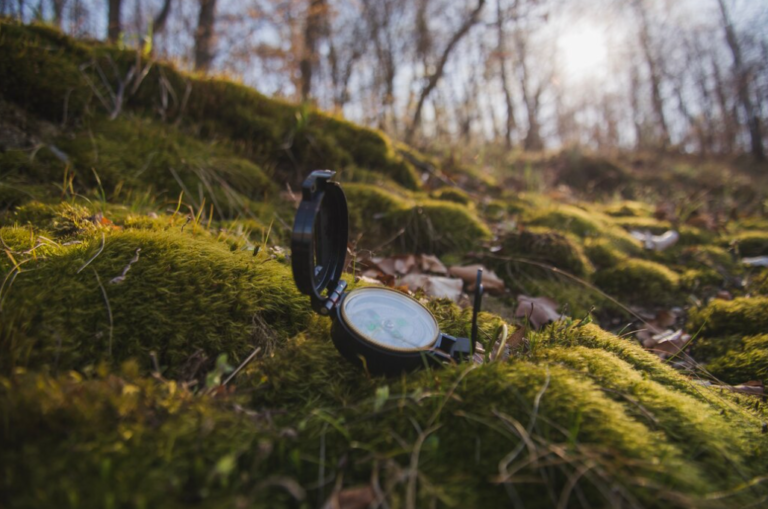
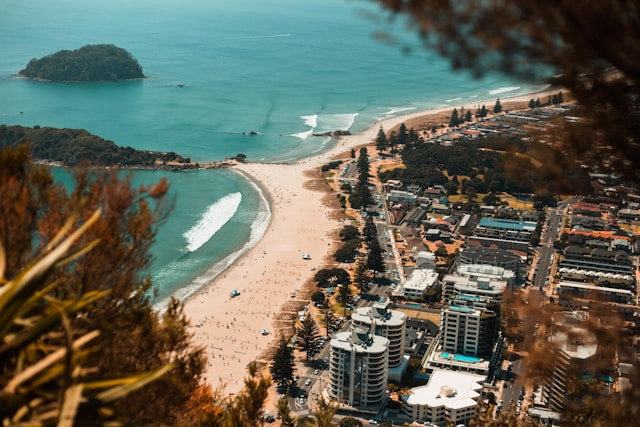
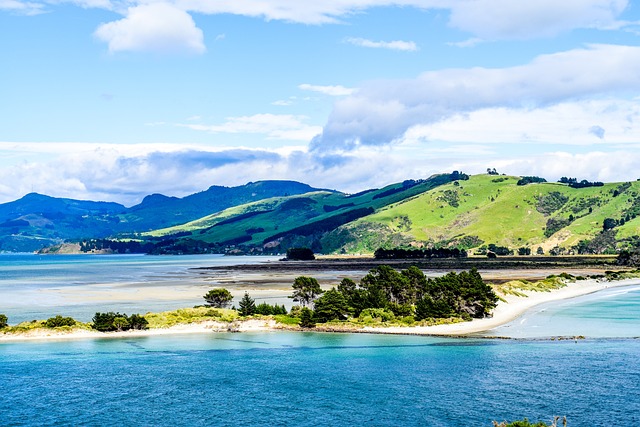
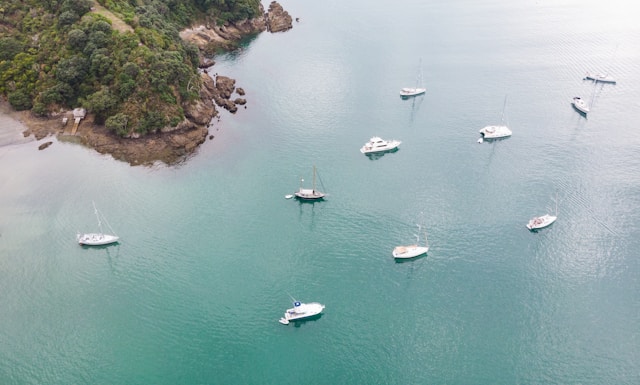
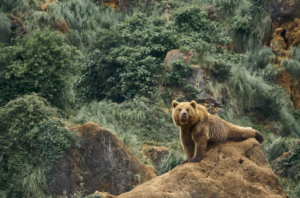
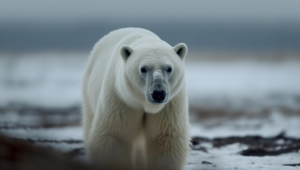
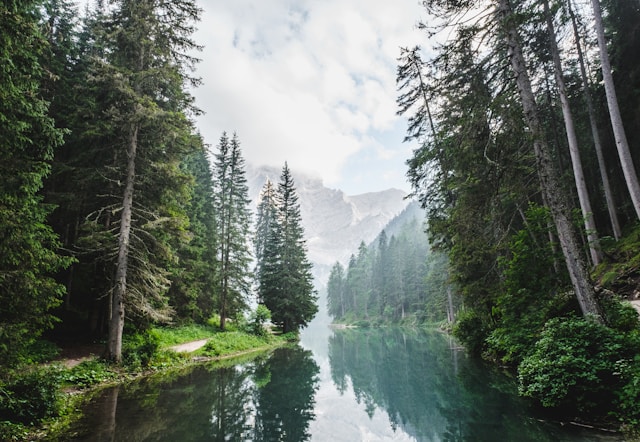
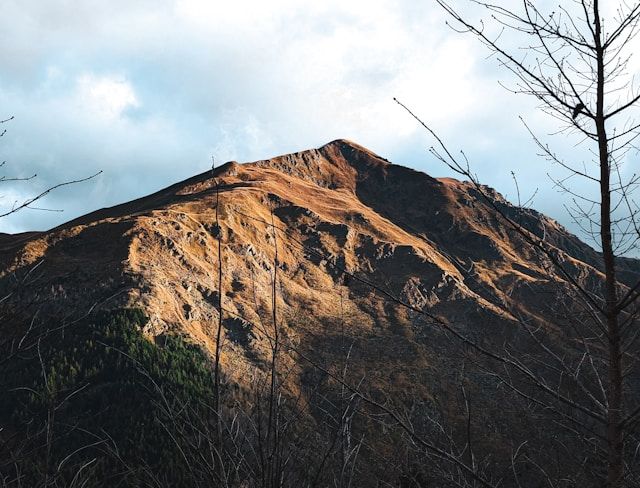
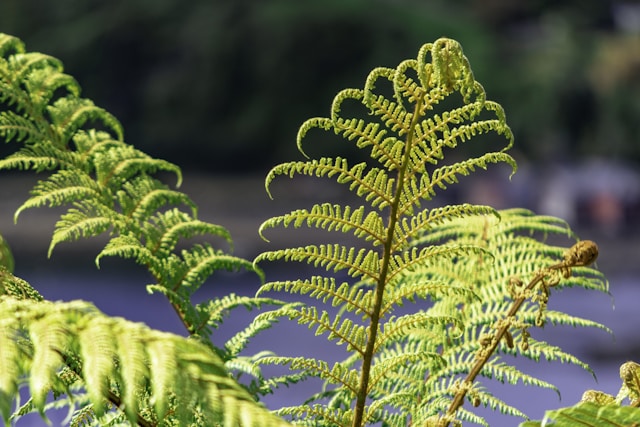
+ There are no comments
Add yours